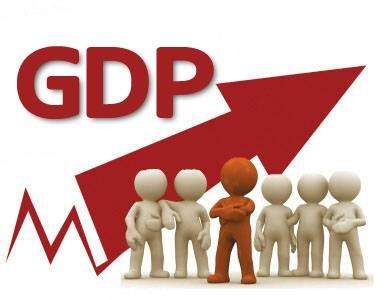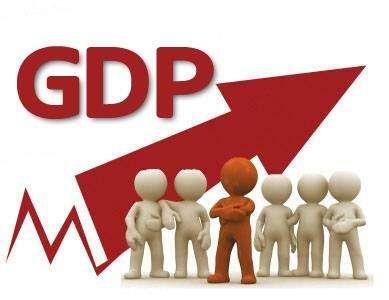
BEIJING, Oct. 25 (Xinhua) -- Twenty provinces of China have released economic data for the first three quarters of 2018, and GDP of 14 provinces ran faster than the country’s 6.7 percent.
Among the provinces, Guangdong presented the largest GDP of 7.06 trillion yuan (1.02 trillion U.S. dollars), and Yunnan achieved the highest GDP growth rate of 9.1 percent.
It's the first time that Guangdong's GDP exceeded 7 trillion yuan in the first three quarters of a year, and the province's total economic output is expected to exceed 9 trillion yuan at the end of this year.
As a leader in foreign trade, Guangdong's performance is remarkable: its growth rate of foreign trade has rebounded for three consecutive months, with a year-on-year increase of 5.9 percent in the first three quarters, up 3.2 percentage points over the first half of this year.
GDP of Yunnan, Guizhou, Jiangxi, Shaanxi, Fujian, Anhui, and Sichuan grew most rapidly in the first three quarters, all of them achieving a growth rate over 8 percent.
Closely following Yunnan's 9.1 percent growth, GDP growth of Guizhou was 9 percent, and its GDP exceeded one trillion yuan for the first time in the first three quarters of this year.
"Guizhou's traditional industries, including coal and metal smelting, showed relatively stable development, while the growth of emerging industries, such as new energy vehicles and information services, has become new driving force of the province’s economy." Said Huang Yong, a researcher at the Guizhou Academy of Social Sciences.
According to the data, GDP growths of Beijing, Shanghai, Guangdong, Zhejiang and other developed regions in east China are not fast, but the economic restructuring of these provinces and municipalities accelerated notably in the first three quarters, showing that innovation has gradually become the new development engine in these areas.
Data show that in the first three quarters, the added value of Zhejiang's digital industry was 385.6 billion yuan (55.53 billion U.S. dollars), up 14.8 percent year on year, accounting for 9.7 percent of the province’s GDP; Beijing's emerging industries also increased by a significant rate of 13.6 percent, representing about one third of the city's GDP.
It is also worth noting that these developed regions continued to increase investment in research and development (R&D). In the first three quarters, Beijing's R&D expenditures increased by 17.6 percent, while R&D costs of Zhejiang's industrial firms above designated size increased by 23.6 percent from January to August. (Edited by Li Wenxin, Yang Qi, liwenxin@xinhua.org)




 A single purchase
A single purchase









